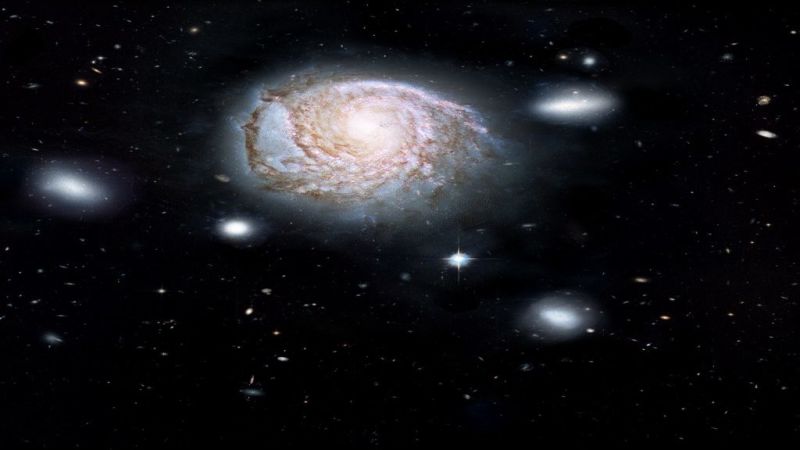Galaxies across the universe have been slowly dying down. While the exact reason is still unclear, a team at the International Centre for Radio Astronomy Research (ICRAR) in Australia is working to solve the case.

After studying 11,000 galaxies using the Sloan Digital Sky Survey and Arecibo Legacy Fast ALFA survey, the team concluded that ram-pressure stripping, a process that forces hydrogen gas out of galaxies, may be the primary culprit. The practice is more common than we previously suspected, causing a quick death — because, without gas, galaxies cannot produce more stars.
According to Toby Brown, head of the study conducted, galaxies are composed of dark matter that makes up approximately 27% of the entire universe, while standard matter is only composed of 5% of it. The remaining percentage is believed to be composed of dark energy. Galaxies fall through dark matter halos and remove their gas during ram-pressure stripping. The process is caused by the exceptionally heated intergalactic plasma found between the halos. Thus, the existing stars cool off and then grow old, ultimately unable to form new ones in the absence of gas.
If the galaxy cannot form stars, it’s removed entirely and later turns into something that is no longer alive. The fundamental process in which a galaxy runs out of gas is known as strangulation, in which the gas to create stars is consumed and the galaxy literally starves to death.
“During their lifetimes, galaxies can inhabit [dark matter] halos of different sizes, ranging from masses typical of our own Milky Way to halos thousands of times more massive,” Brown said.
The research suggests that ram-pressure stripping is not only occurring more frequently, but it can happen to both small and large galactic groups.
The findings demonstrate that the same process is occurring in much smaller groups of just a few galaxies with significantly less dark matter. Most galaxies in the universe live in groups of between two and 100 galaxies.
The team’s findings are published here in the Monthly Notices of the Royal Astronomical Society .
Source: Gizmodo
Advertisement
Learn more about Electronic Products Magazine





